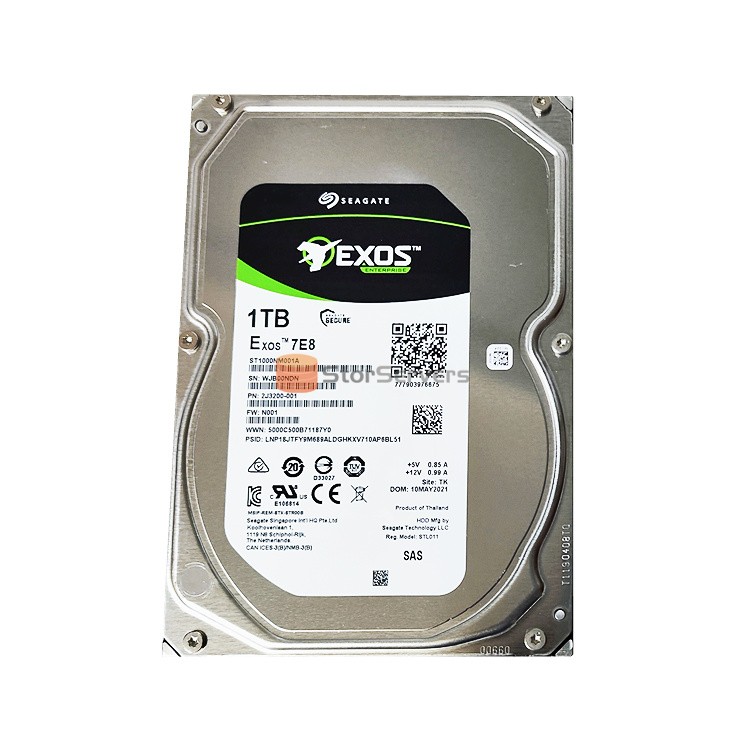 Introduce the two important components of the hard disk: disk and magnetic heads
Jul 05, 2023
Introduce the two important components of the hard disk: disk and magnetic heads
Jul 05, 2023
STOR Technology Limited provides server accessories in addition to array cards, expansion cards, fiber optic cards, etc., as well as high performance enterprise hard disks. Such as:Seagate ST1000NM001A, Seagate ST2400MM0129.Let us briefly introduce the two important components of the hard disk drives: platters and magnetic heads.
Disk
The substrate of the disc is made of metal or glass material, and in order to achieve high density and high stability, the surface of the substrate is required to be smooth and flat, without any defects. The magnetic powder is then sputtered onto the substrate surface and finally coated with a protective lubrication layer. Two technologies should be applied here, one is to create an extremely fine magnetic powder without impurities, and the other is to sputter the magnetic powder evenly.
The coarse density of each side of the disc is 32901120000b, which can be seen that its density is quite high, so the disc can not have any pollution, and the whole manufacturing must be carried out in the clean room of Class 100, which is also the reason why the hard disk needs to be disassembled and repaired in the clean room. Because the magnetic head uses the air flow to float on the platter and does not touch the platter, it can move back and forth between the rails at high speed, but if the magnetic head distance from the platter is too high to read the signal will be too weak, too low and will grind to the surface of the platter, so the surface of the platter must be quite smooth and flat, any foreign matter and dust will make the magnetic head friction to the magnetic surface and cause permanent damage to the data.
Magnetic head
The storage principle of hard disk is to store data using its control circuit through the hard disk Read Write Head (Read Write Head) to change the N and S polarity of the extremely fine magnetic particle clusters on the surface of the disk, so these disks are very important.
In order to store more data, the magnetic particle clusters must be sputtered within the range that the magnetic head can locate, and the smaller the magnetic particles are made, the better. After sputtering, the magnetic particle density on the disk surface is quite high, and the hard disk read and write head needs to float on the disk surface in order to move back and forth on the disk surface at high speed to read data, but can not contact, contact will cause scratches. If the magnetic head is too high, the signal read will be very weak and cannot meet the requirements of high stability, so it should be as low as possible, and its Flying Height is very small (can be likened to requiring a Boeing 747 passenger plane, its flight height must be maintained at a distance of 1 meter and not crash). This technique is achieved entirely by generating airflow over the disc as the disc rotates, using aerodynamics to levitate the head above the disc.
Early hard drives had to run a program called Parking every time they were turned off. Its function was to return the magnetic head to an area of the innermost ring of the disk that was free of magnetic particles, called the start-stop zone. When a hard disk is not working, the magnetic head stays in the start-stop zone. When data needs to be read or written from the hard disk, the hard disk spins first. When the rotation speed reaches the rated speed, the magnetic head will be lifted by the airflow generated by the rotation of the platter, and the magnetic head will move to the area where the data is stored in the platter. The airflow generated by the disc's rotation is strong enough to hold up the magnetic head and maintain a tiny distance from the disc surface. The smaller the distance, the higher the sensitivity of the magnetic head to read and write data, and of course the higher the requirements for the components of the hard disk.
The early design of the disk drive can keep the head flying a few micrometers above the disk surface, and some later designs reduce the height of the head flying on the disk surface to about 0.1 to 0.5μm, and now the level has reached 0.005 to 0.01μm, which is only one thousandth of the diameter of a human hair. The airflow can both pull the magnetic head out of the open disk surface and keep it close enough to the disk surface to undate very closely with the disk surface, so that the flight of the magnetic head is strictly controlled. The magnetic head must fly above the disk without touching the disk, a distance that avoids chafing the magnetic coating and, more importantly, damaging the magnetic head. However, the magnetic head can not be too far away from the disk, otherwise it can not make the disk to achieve a strong enough magnetization, it is difficult to read the data on the disk.
Tip: The flying height of the magnetic head of the hard disk drive is low and the speed is fast. Once a small dust enters the hard disk sealing cavity or the magnetic head collides with the disk body, it may cause data loss to form a bad block, and even cause damage to the magnetic head and disk body. Therefore, the sealing of the hard disk system must be reliable, and the hard disk sealing chamber must not be opened under non-professional conditions, otherwise the dust will accelerate the damage of the hard disk. In addition, the seek servo motor of the hard drive head is shown to use a voice coil type rotary or linear motion stepper motor, which accurately tracks the track of the disk under the adjustment of the servo tracking, so the hard disk does not have impact collision when working, and should be carefully handled when moving.
 Enterprise related computer products
Jul 27, 2023
Enterprise related computer products
Jul 27, 2023
 VFS and local FS
Jul 26, 2023
VFS and local FS
Jul 26, 2023
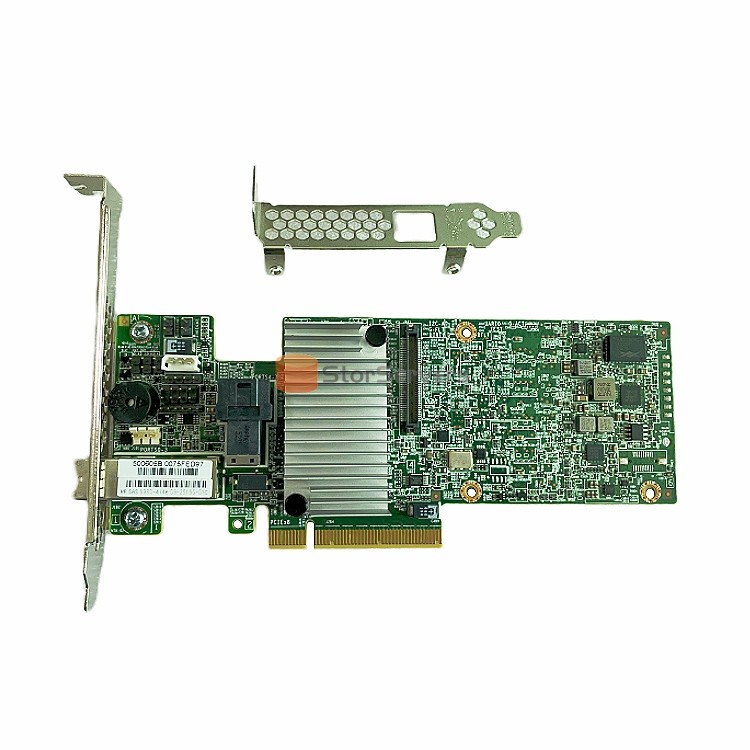 Introduce the LSI 9380-4i4e 05-25190-02 raid controller for servers
Jul 21, 2023
Introduce the LSI 9380-4i4e 05-25190-02 raid controller for servers
Jul 21, 2023
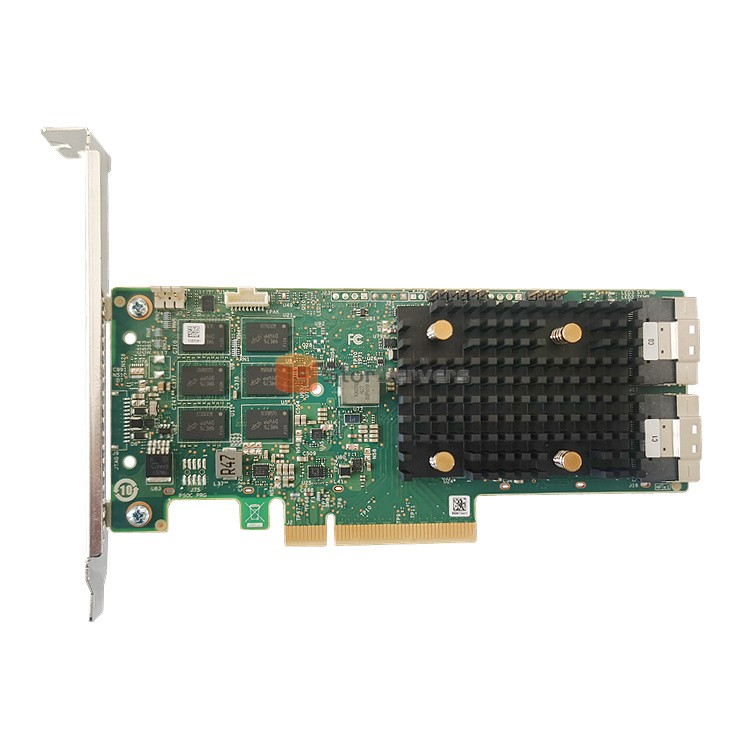 Introduction to Broadcom lsi 9560-8i lsi 9560-16i for servers
Jul 13, 2023
Introduction to Broadcom lsi 9560-8i lsi 9560-16i for servers
Jul 13, 2023
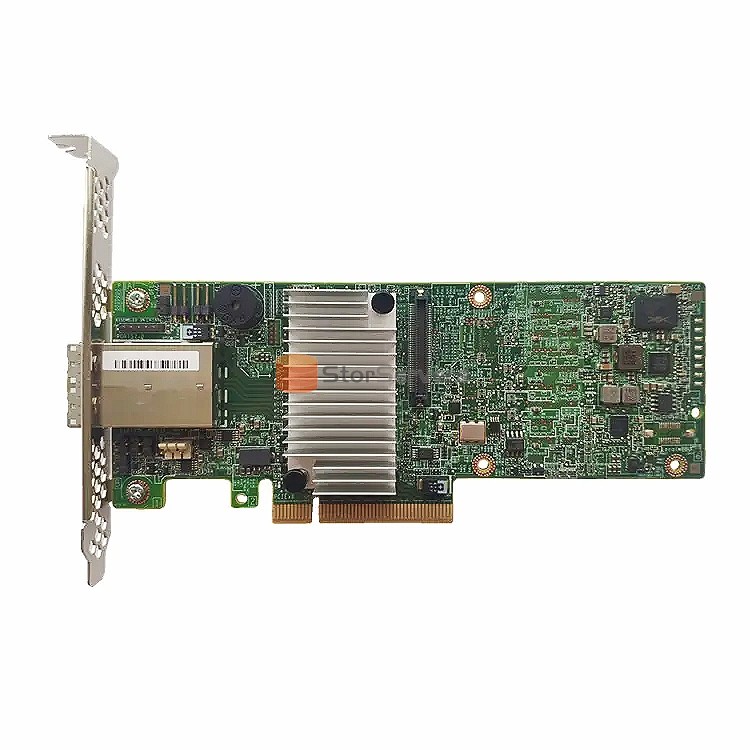 Introduction the LSI 9380-8E LSI00438 MegaRAID array card
Jul 12, 2023
Introduction the LSI 9380-8E LSI00438 MegaRAID array card
Jul 12, 2023
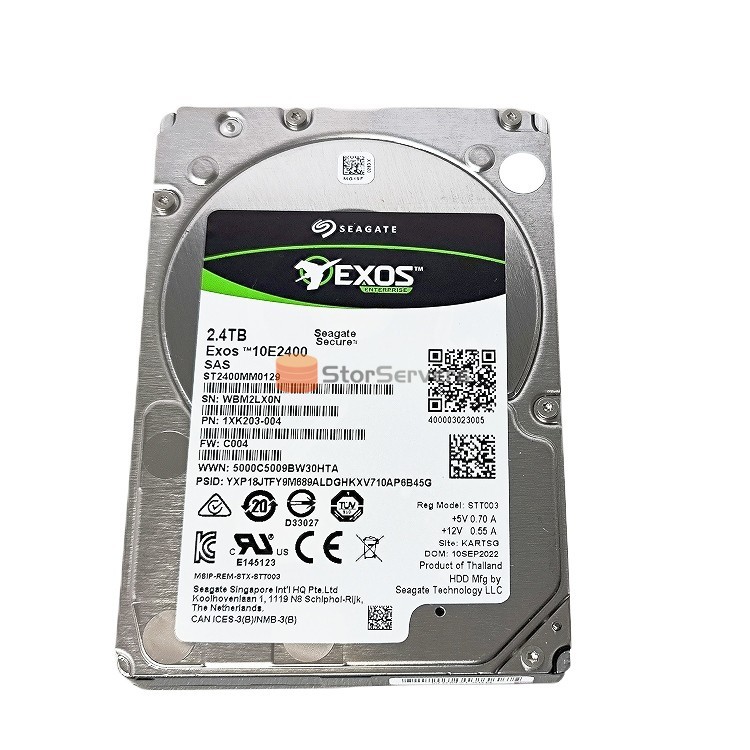 Seagate ST2400MM0129 SAS hard drive HDD for servers
Jul 06, 2023
Seagate ST2400MM0129 SAS hard drive HDD for servers
Jul 06, 2023
 Introduce the two important components of the hard disk: disk and magnetic heads
Jul 05, 2023
Introduce the two important components of the hard disk: disk and magnetic heads
Jul 05, 2023
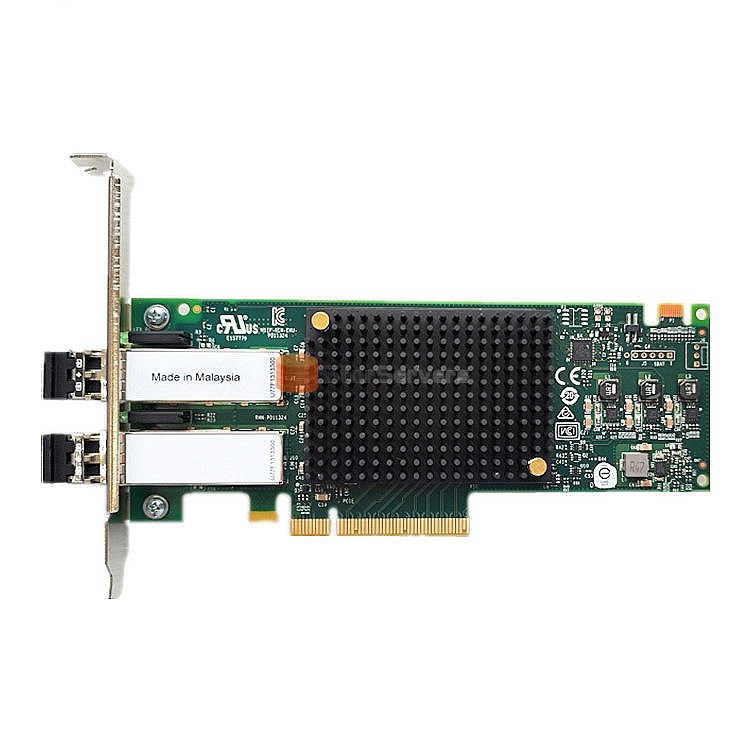 Introduction of high performance lpe32002-m2
Jun 30, 2023
Introduction of high performance lpe32002-m2
Jun 30, 2023
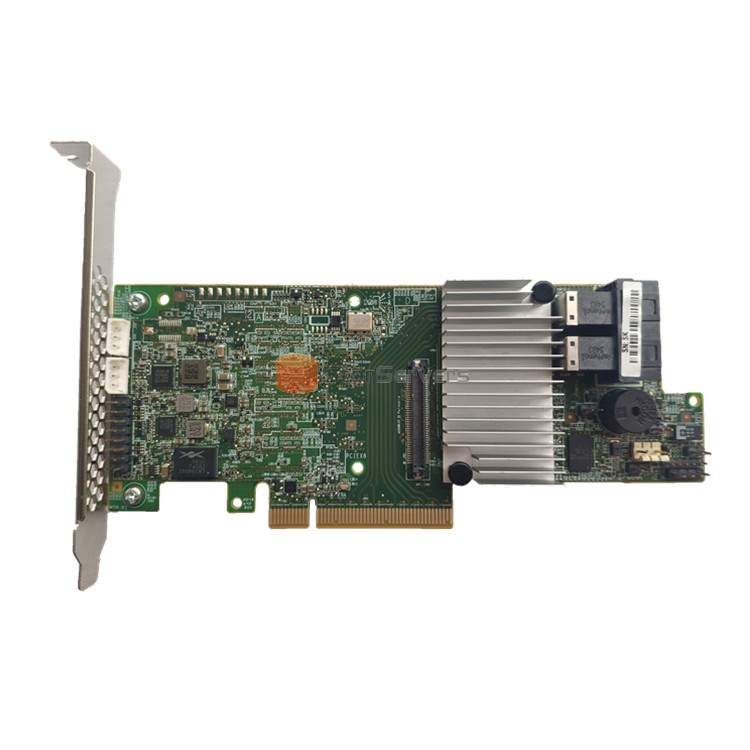 LSI megaraid 9361 8i high-performance RAID controller card
Jun 29, 2023
LSI megaraid 9361 8i high-performance RAID controller card
Jun 29, 2023
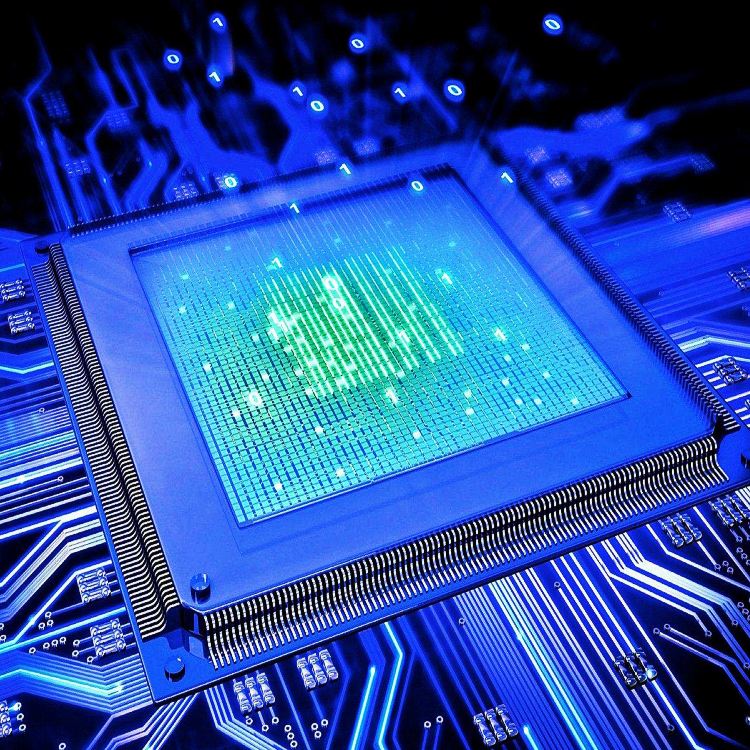 Introducing the LSI 9750-8i - the ultimate original and high-performance solution
Jun 26, 2023
Introducing the LSI 9750-8i - the ultimate original and high-performance solution
Jun 26, 2023
 What does an hba in storage mean? What are the advantages of the 9500 8e?
May 16, 2023
What does an hba in storage mean? What are the advantages of the 9500 8e?
May 16, 2023
 Enterprise - class disk array storage system from hard to soft analysis
May 05, 2023
Enterprise - class disk array storage system from hard to soft analysis
May 05, 2023